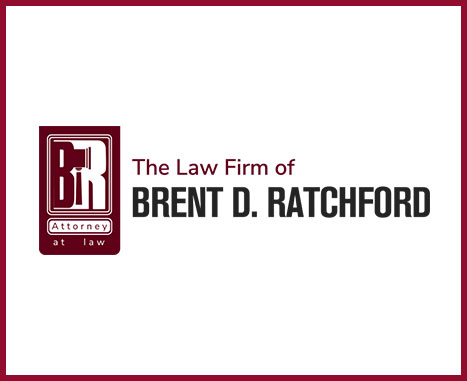Straightforward, Diligent Representation You Can Count On
Call Today For A Free Consultation
The plea agreement process in North Carolina

Assaults and violent crimes are not always prosecuted in the courtroom; a plea agreement is often reached before the case ever reaches trial. You may want to know what you can expect if you find yourself involved with this process.
What is a plea agreement?
A plea agreement is an arrangement between the prosecution and your defense attorney. Typically, you agree to plead guilty of a lesser crime in exchange for a reduced sentence.
What’s the first step?
After you’re arrested for something that falls under the umbrella of assaults and violent crimes, your defense attorney may receive a plea agreement offer from the prosecution. This is usually based on what they believe they can prove in court and how strong of a case against you they have.
After your attorney receives this offer, the first step is to talk with you about it and find out what type of deal you are willing to accept in exchange for a guilty plea. If an agreement isn’t reached between the two sides, then the case is set for trial.
What happens if you accept a plea agreement?
If you and your attorney agree to a plea agreement, then the second step is for you to attend a hearing. This will be where the judge decides whether they accept it.
In some cases, if there are extenuating circumstances surrounding your case that may benefit you with sentencing, such as being a first-time offender, then a judge may decide to accept a plea agreement after they have heard the facts of your case. If a judge does not believe that you should get this deal or they feel as though it is unfair in some way, then they can reject it and set another hearing date with trial on the docket.
A plea deal is usually considered beneficial for all parties involved. It saves the defendant time, money and stress of going to trial. The prosecution can also get their guilty conviction without expending a lot of resources on it. However, plea agreements are not always the best-case scenario for a defendant, so it’s important to thoroughly review their options.



